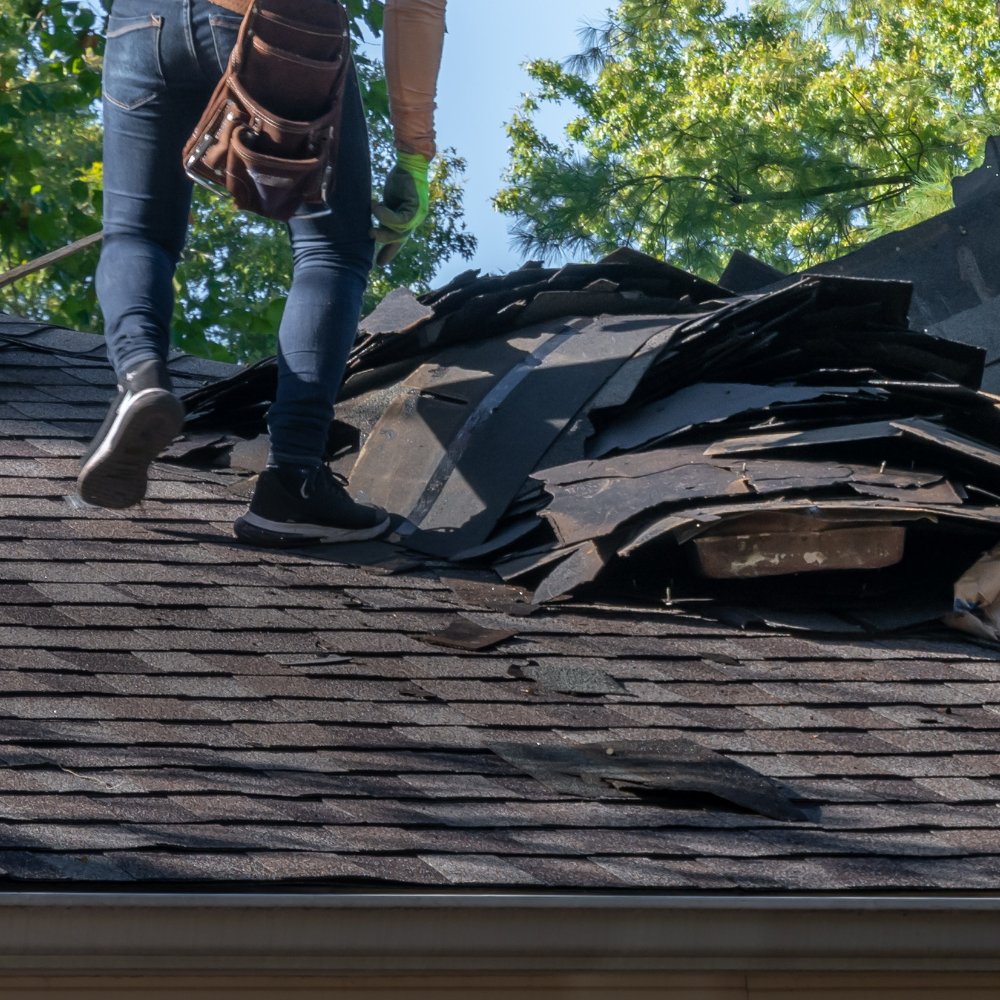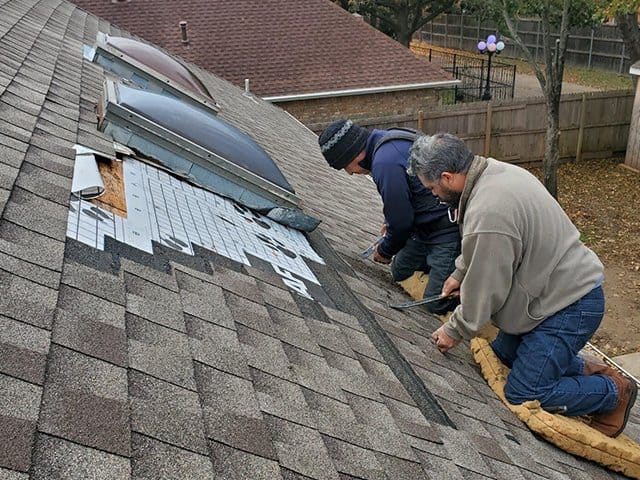Roofing Companies Oahu: Premier Roofers for All Roofing Projects
Roofing Companies Oahu: Premier Roofers for All Roofing Projects
Blog Article
Comprehending the Different Types of Roof Coverings: A Comprehensive Guide for Homeowners
In the world of homeownership, choosing the proper roof covering design is a choice that brings substantial ramifications for both capability and aesthetic allure. With an array of choices-- ranging from the conventional gable to the modern level-- each kind offers distinct benefits and obstacles that need to align with the house owner's certain demands and environmental considerations. Comprehending these distinctions not only help in making an informed selection yet likewise affects lasting maintenance and energy efficiency. As we discover the intricacies of various roofing types, it ends up being evident that one dimension does not fit all; the appropriate selection may shock you.
Saddleback Roof
Saddleback roofs, defined by their triangular form, are amongst the most popular roof designs as a result of their simpleness and performance in shedding water and snow. This style features two sloping sides that fulfill at a ridge, enabling effective drain and minimizing the threat of water accumulation. The steep pitch commonly related to saddleback roofs enhances their capability to handle heavy precipitation, making them ideal for different climates.
In enhancement to their practical advantages, saddleback roofs supply aesthetic versatility. They can be adapted to different architectural designs, from standard to modern-day homes. The design can additionally accommodate extra attributes such as dormer windows, which improve natural light and ventilation in the attic room.
Moreover, gable roofs offer enough room for insulation, adding to power efficiency. Home owners can select from a selection of roof materials, including asphalt shingles, steel, and tiles, additionally boosting modification alternatives.
In spite of their benefits, gable roofs may require extra support in locations prone to high winds or hefty snowfall. Overall, the gable roofing system continues to be a popular choice because of its mix of functionality, durability, and aesthetic allure.
Flat Roofs
Flat roof coverings are commonly recognized for their minimal design and functional applications, specifically in commercial and industrial settings (oahu roofing). These roofs include a horizontal or almost straight surface area, which enables easy construction and versatile space usage. While they may do not have the aesthetic charm of pitched roof coverings, level roofings provide numerous benefits, specifically in city atmospheres where optimizing room is important
Among the primary advantages of level roofings is their availability. Homeowners can make use of the roof covering area for numerous objectives, such as rooftop gardens, balconies, or photovoltaic panel installations. Furthermore, flat roof coverings are generally more cost-efficient to set up and preserve contrasted to their sloped equivalents, as they call for fewer materials and labor.
Typical materials made use of for flat roofing systems include built-up roof covering (BUR), modified bitumen, and single-ply membrane layers, each offering distinctive advantages. On the whole, level roofing systems offer as a adaptable and practical selection for numerous homeowners and organizations alike.
Hip Roofing Systems
Hip roofing systems are defined by their sloped sides that assemble on top, forming a ridge. This style is unique from saddleback roofs, as all four sides of a hip roofing slope downwards towards the wall surfaces, offering a more stable framework. The angle of the inclines can vary, permitting for versatility in building appearances and functionality.
Among the key benefits of hip roofings is their capability to withstand hefty winds and damaging weather. The sloped surface areas allow much better water drainage, reducing the danger of leaks and water damage. Additionally, hip roofing systems provide raised attic space, which can be made use of for storage space or perhaps exchanged livable locations.
Nonetheless, building a hip roofing can be much more costly and complicated than blog easier roofing system types, such as gable roofing systems. The added product and labor entailed in producing the inclines and making certain appropriate structural integrity can lead to higher expenses. Regardless of these disadvantages, lots of homeowners prefer hip roofings for their sturdiness, aesthetic appeal, and potential for power performance.
Mansard Roofings
Mansard roof coverings, typically recognized by their unique four-sided style, attribute two inclines on each side, with the reduced incline being steeper than the upper. This building design, stemming from France in the 17th century, is not only aesthetically attractive yet functional, as it takes full advantage of the functional room in the top floorings of a structure. The steep lower incline allows for even more clearance, making it a perfect selection for loft spaces or attic rooms, which can be transformed into living rooms.
Mansard roofing systems are identified by their flexibility, accommodating various building designs, from conventional to modern-day. They can be created with different materials, consisting of asphalt shingles, slate, or metal, giving home owners with a variety of choices to suit their choices and spending plans. Furthermore, the style enables the combination of dormer windows, boosting natural light and ventilation in the upper levels.
However, it is necessary to consider the possible downsides. Mansard roof coverings may you could try here need even more upkeep due to the complexity of their layout, and their high inclines can be testing for snow and rain overflow. Overall, mansard roofings integrate elegance with practicality, making them a popular selection amongst homeowners seeking distinctive architectural features.
Shed Roofing Systems
As property owners significantly look for simplicity and performance in their building styles, lost roofing systems have actually become a popular option. Identified by a solitary sloping plane, a shed roofing provides a minimalist visual that complements various home designs, from modern to rustic.
One of the key advantages of a shed roofing is its straightforward building and construction, which commonly converts to decrease labor and product prices. This layout enables effective water drainage, decreasing the threat of leaks and water damage. In addition, the upright incline provides adequate room for skylights, boosting natural light within the interior.
Shed roofing systems also use flexibility in terms of use. They can be successfully integrated right into additions, garages, or exterior structures like structures and sheds. In addition, this roofing design can suit numerous roofing products, consisting of steel, asphalt roof shingles, and even green roof coverings, aligning with environmentally friendly campaigns.
Nevertheless, it is important to take into consideration local climate problems, as heavy snow loads may require modifications to the roofing's angle or framework. Generally, lost roofs present a useful and aesthetically pleasing alternative for house owners visite site looking to make best use of performance without endangering design.
Final Thought


Gable roofing systems, defined by their triangular shape, are amongst the most preferred roofing styles due to their simplicity and effectiveness in dropping water and snow. oahu roofing. The high pitch typically connected with gable roofing systems enhances their ability to handle heavy rainfall, making them ideal for various environments
While they may lack the visual allure of pitched roofings, level roofing systems provide many benefits, specifically in metropolitan environments where taking full advantage of area is crucial.

Report this page